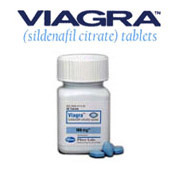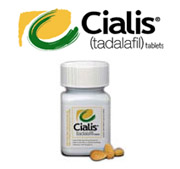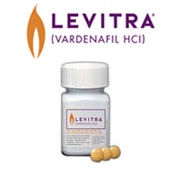The mean total time required for processing the sample and performing a differential cell count was 32 min for technique A, 38 min for technique B, and 66 min for technique C (p < 0.001). The costs in US dollars of the material used for each slide were estimated to be $4.40, $2.38, and $1.64 for techniques C, B and A, respectively. 
In the present study, we examined the correlation and agreement of three different methods of processing IS from patients with mild, moderate, and severe asthma, and subjects without asthma. We measured the degree of correlation among the methods, and computed the costs of slide preparation and the time spent by the technicians. Popov proposed a new method of storing sputum samples, while Gibson elected to simplify sputum analysis. Instead of preparing cytospin specimens to quantify eosinophils, the most extensively validated cellular component in sputum, they lysed the cell pellet after homogenization and measured the amount of eosinophilic cationic protein released as a marker of the number of eosinophils present in sputum.
Popov compared cytospin with sputum smear slides for differential cell counts and immunochemical staining in a blinded mode. The cells on the cytospin preparations were well dispersed without the clumps often seen on smears, and cell definition was much better. The time taken to count cells on cytospin specimens was significantly less than on smears. There was lower reproducibility of smear counts by the same examiner after repeated readings of the slides compared to cytospin preparations. Cytospin use resulted in good dispersion and definition of cell types and good reproducibility of neutrophil, eosinophil, and macrophage cell counts.
In our study, technique A (smear slides) showed clumps that sometimes impaired cell differentiation and count. Clumping of cells could be a potential source of error; however, after adequate training, this difficulty became less important. The smear is rich in cells, since the sample is not diluted, and it was always possible to avoid areas of cell clumping and perform the differential cell count. Clumps in the smears were avoided almost completely by pretreatment of the sputum with DTT before preparation. The proper identification of the different cell types was sometimes more difficult when using technique B compared to technique A, since we observed that cells tended to be smaller than with technique A and that there were more cellular debris than with technique C, since there was no filtration of the sample. The best resolution was obtained with cytospin preparations; however, our results indicate that the two simpler procedures provided the same basic results.
Tags: Medicine




